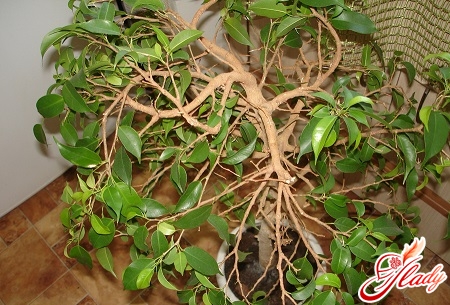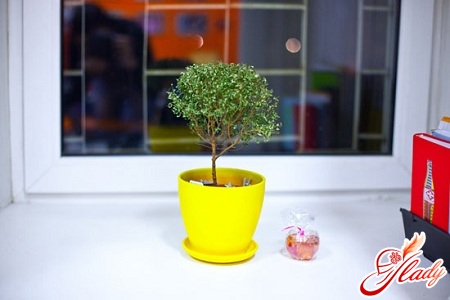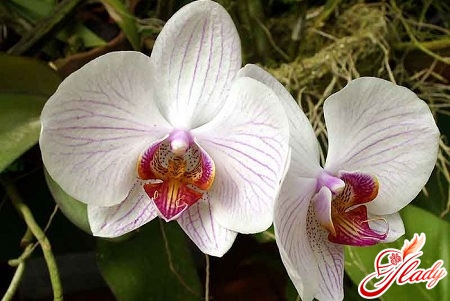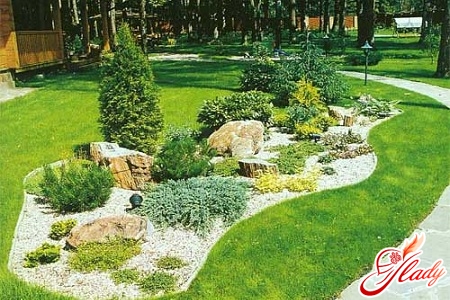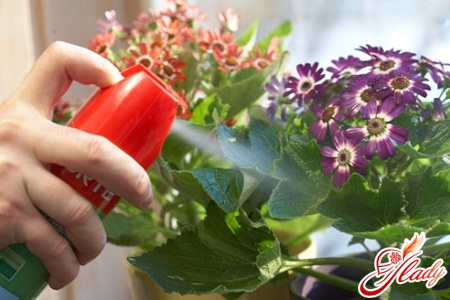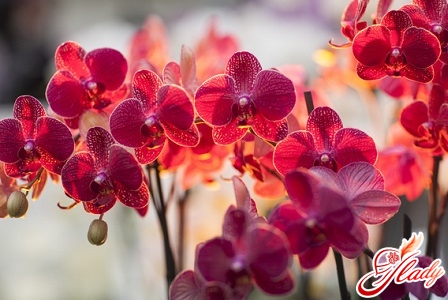 Orchid is considered to be quite demandingplant. That is why novice gardeners often face the death of a flower immediately after flowering. So how can you avoid such trouble? How can you extend the life of this wonderful flower? First of all, you need to choose the right soil for it. And in this article we will try to tell you in as much detail as possible about how to choose the right soil for orchids, what its composition should be and how not to harm the plant when replanting.
Orchid is considered to be quite demandingplant. That is why novice gardeners often face the death of a flower immediately after flowering. So how can you avoid such trouble? How can you extend the life of this wonderful flower? First of all, you need to choose the right soil for it. And in this article we will try to tell you in as much detail as possible about how to choose the right soil for orchids, what its composition should be and how not to harm the plant when replanting.
What kind of soil is needed for orchids?
When we buy an orchid in a store, we buyPhalaenopsis or Cymbidium, which are bright representatives of elephytic plants. And what is surprising is that such a plant does not need soil as such for growth and life. In their homeland, they have to live in rather difficult conditions. Tropical forests consist of trees with a very dense crown, and elephytes are located directly on the trees themselves to be as close to the sun as possible. Braiding the trunk of the tree with its roots, the flower feeds on the remains of vegetation in the cracks of the bark and consumes moisture from the environment, fortunately, the climate in the tropics is very humid. That is why aerial roots are very important for orchids, they help to get food literally from the air. But for home cultivation, soil is still necessary, because we cannot provide the flower with the conditions to which it is accustomed in its homeland. Of course, it is best to buy the right soil in the store. But if you want to prepare it yourself, let's consider what soil composition can satisfy the overseas beauty. Bark, moss, charcoal, peat and fern roots are the main components for preparing the soil. They contain almost all the necessary nutrients for normal growth and development of the flower. Moss is especially important if the orchid is still very young. It is better to take pine bark as the main substrate, and ideally the tree should have recently died, then such bark will have a low content of resinous substances. The bark is crushed using a regular meat grinder (without a knife or attachments) and disinfected by boiling in a water bath for thirty minutes. Before use, the bark must be well dried. It is worth noting that the bark has low hygroscopicity - over time, it accumulates excess moisture, which can negatively affect the root system of the orchid. To prevent this problem, you can put large pieces of bark in the center of the pot. Depending on the type of orchid, the size of the bark may vary. If the plant needs a lot of air exchange, then the pieces should be at least two centimeters. Peat should have a stable coarse-fiber base and contain a small amount of salts. It is not recommended to use crushed peat. Charcoal is excellent at increasing the pH of the soil and is the best at regulating the water regime. However, it also has a negative side - over time, it accumulates salts, which leads to a violation of the salt balance when watering. Therefore, charcoal should be added very carefully. And if you plan to frequently feed the plant in the future - it is completely undesirable.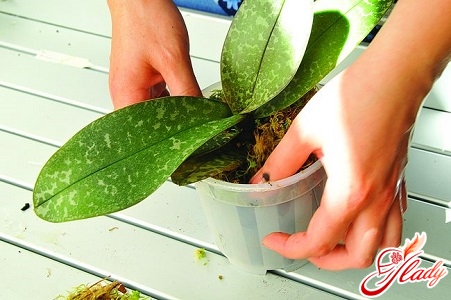
How to properly transplant an orchid: practical advice
- In case of plant transplantation, in no case should the air roots be injured;
- The best pot for orchids is a transparent plastic container;
- For underground roots, it is necessary to ensure good drainage and air exchange. To do this, the bottom of the pot is covered with a layer of expanded clay, and the top is covered with wood bark;
- Rotted roots during transplantation are removed usingscissors, and the place of the cut is disinfected with a solution of foundation (for its preparation, 2 grams of fungicide and diluted in a liter of water). The plant is placed in the resulting solution for 40-45 minutes;
- The bark for the soil is best bought in ready-made form;
- Do not cut off the flowered flower! Very soon the orchid will again release buds;
- When transplanting a plant, do not immediately water it. This can only be done after six days;
- But spray the plant is quite possible.
Before preparing the composition for transplantation,Be sure to consult with a knowledgeable person. This will help you avoid mistakes. We hope that our recommendations will only be useful, and the orchid will give you a lot of new wonderful flowers! We recommend reading:




